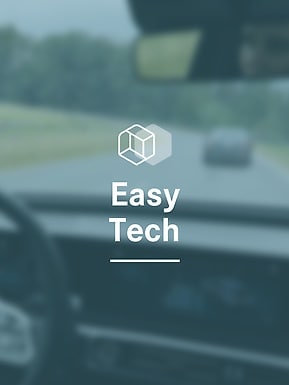For the GLC F-CELL a completely new fuel cell system was developed. What’s special about it?
The GLC F-CELL is the first vehicle worldwide that contains a plug-in hybrid battery. Thereby, two different energy sources are available to drive the electric engine. That’s why it’s not dependent on hydrogen filling stations, but rather can be refueled at any charging station or socket available.











